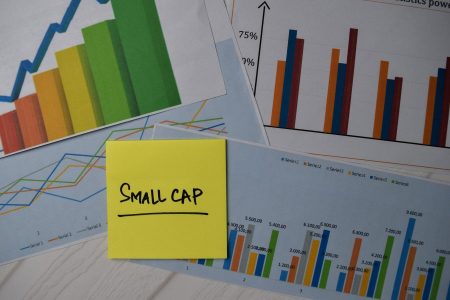Tesla’s 2024 performance marked a significant turning point for the electric vehicle pioneer, recording its first-ever decline in annual deliveries. This unexpected dip, a 1.1% decrease from 2023 figures, contrasted sharply with CEO Elon Musk’s prediction of “slight growth” and triggered a 6% drop in Tesla’s share price. The decline stemmed from a confluence of factors, including waning enthusiasm among early adopters, growing competition from established automakers and emerging rivals like China’s BYD, and concerns among mainstream consumers regarding EV range, charging infrastructure, and price. Tesla’s reliance on aging models and the limited impact of incentives, coupled with the slow rollout of the Cybertruck, further exacerbated the situation. This downturn raises critical questions about Tesla’s future growth trajectory and the sustainability of its lofty stock valuation.
A deeper analysis of Tesla’s challenges reveals a complex interplay of market forces and internal strategic decisions. The company’s aging product lineup, despite year-end incentives such as free fast-charging and interest-free financing, failed to capture sufficient consumer interest. Simultaneously, a shift in consumer preferences towards more affordable hybrid vehicles, particularly in the US market, and the rise of formidable competitors like BYD eroded Tesla’s market share. BYD’s success can be attributed to its vertically integrated business model, economies of scale, and advanced battery technology, enabling it to offer competitively priced EVs with newer designs. Further complicating matters were reduced European subsidies for EVs and growing concerns about range anxiety and charging infrastructure, particularly during a period of economic uncertainty. Tesla’s seemingly slow response to these evolving market dynamics further contributed to its delivery shortfall.
BYD’s ascendance in the EV market presents a compelling case study in effective competition. Its 12.1% growth in EV deliveries through September 2024, outpacing the overall market growth of 7.2%, underscores its ability to resonate with consumers. BYD’s focus on affordability, coupled with innovative designs and cutting-edge technology, has positioned it as a compelling alternative to Tesla, especially for price-sensitive buyers. Moreover, some reports suggest that a segment of potential buyers may be deterred by Elon Musk’s political views and alignment with the incoming Trump administration, further benefiting competitors like BYD. Tesla’s response, meanwhile, seems focused on the long-term promise of self-driving taxis, a technology yet to reach mainstream adoption, rather than addressing the immediate concerns of potential EV buyers seeking affordable and practical vehicles.
The divergence between Tesla’s ambitious growth targets and its current market performance highlights the challenges ahead. Analysts remain divided on Tesla’s ability to regain its previous momentum. While some, like Wedbush analyst Daniel Ives, view Tesla as a disruptive technology player with long-term potential in autonomous vehicles and AI, others express skepticism about the company’s near-term prospects. Morningstar analyst Seth Goldstein, for instance, believes Tesla’s projected 20% to 30% revenue growth in 2025 is unlikely, particularly given the company’s focus on self-driving technology and the lack of concrete progress on a promised $25,000 EV model. Without a significant shift in strategy and a renewed focus on addressing the needs of mainstream consumers, Tesla’s growth trajectory remains uncertain.
Despite the delivery setback and growing competition, Tesla’s stock continues to command a premium valuation, prompting concerns about a potential disconnect between market perception and fundamental value. Analysts widely consider Tesla’s stock to be overvalued, with price targets suggesting a significant downside potential. Critics argue that Tesla’s current profits do not justify its market capitalization, which exceeds the combined value of the next 20 largest automakers. This disparity raises questions about the sustainability of Tesla’s valuation, especially given the company’s reliance on future promises, such as fully autonomous vehicles, rather than current earnings. The substantial portion of Tesla’s market cap attributed to future potential underscores the speculative nature of its valuation and the risks associated with such optimistic projections.
Ultimately, Tesla’s future stock performance hinges on a complex interplay of factors, including its ability to innovate, adapt to evolving market dynamics, and deliver on its ambitious promises. While the company’s focus on disruptive technologies like autonomous driving holds long-term potential, its near-term success will depend on addressing the immediate concerns of consumers and effectively competing with increasingly formidable rivals. The influence of Elon Musk’s persona and political affiliations also adds another layer of complexity to the equation. While his leadership has undoubtedly been instrumental in Tesla’s rise, it also presents a potential risk, as some consumers may be alienated by his political stances. Investors must carefully weigh these factors and assess whether Tesla’s current valuation accurately reflects its future prospects, considering the significant challenges and uncertainties that lie ahead.










